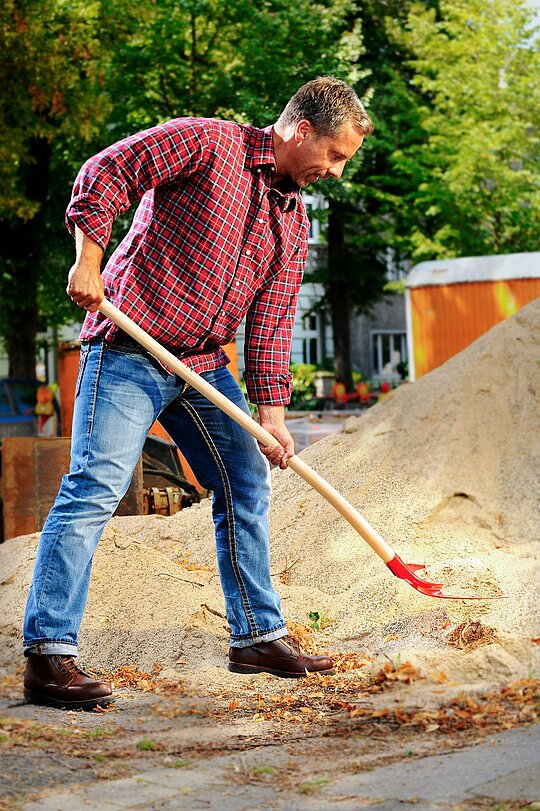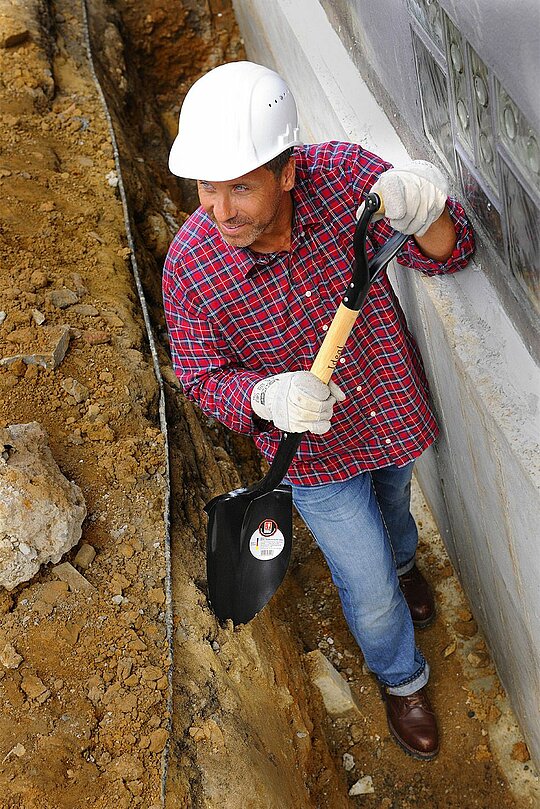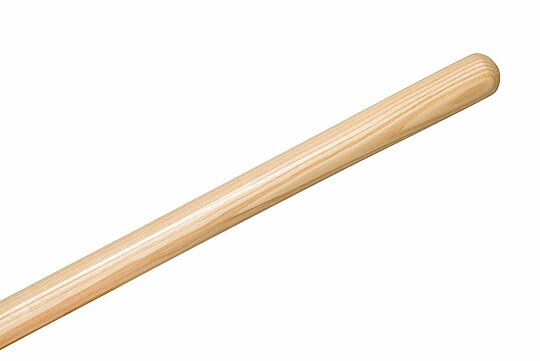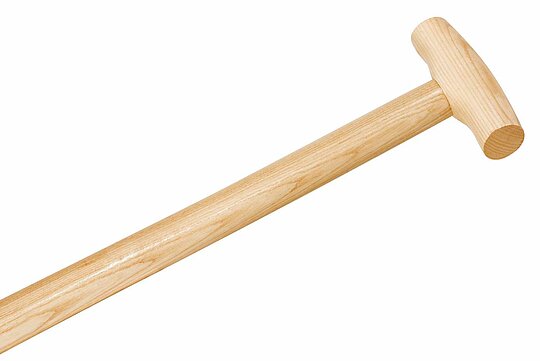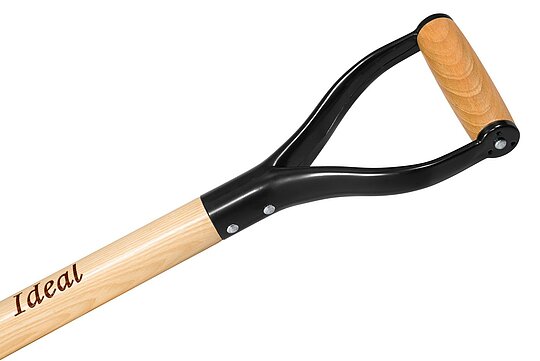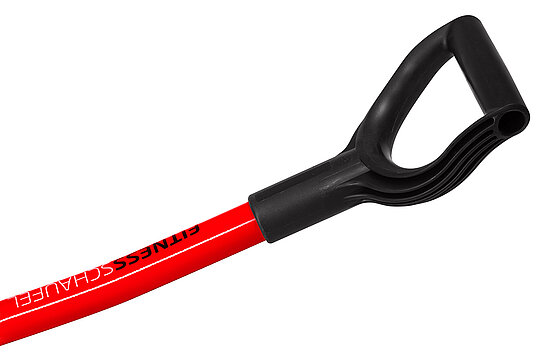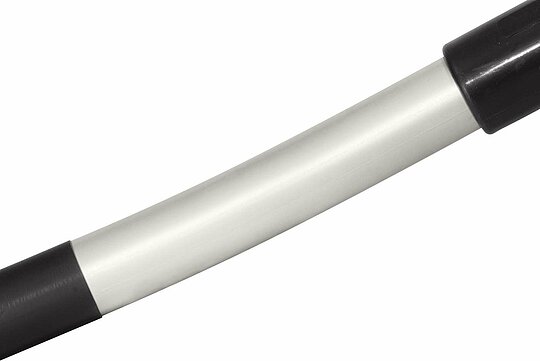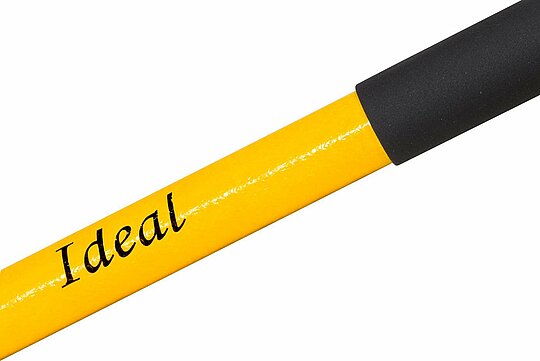The shaft is a very important element – in any garden tool! At the shaft, the tools are held securely and can be guided in a controlled manner. A good haptic and an optimal shape ensure comfortable usage. The quality of a spade shaft is extremely important, as it has to withstand a lot. Low-quality shafts break more quickly and can thus lead to accidents/injuries.
The most important thing first:
- The length of the shaft depends on the intende use:
Long shafts for lifting up material from the ground in an upright and back friendly body position.
Shorter shafts für digging or transporting heavy bulk material with optimized use of force - The handle types have differnt characteristics and are often chosen because of personal preferencest.
- Because of the outstandings characteristics, most shovel shafts are made of hard wood.
The material for the shovel shafts:
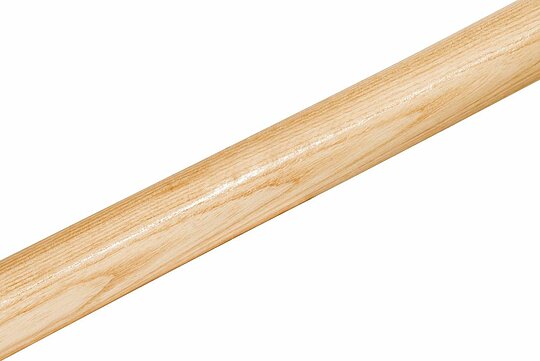
Wooden shafts
- as a renewable raw material, wood is conserving resources and is CO2-neutral
- very confortable haptic
- absorbs hand perspiration
- enables a firm grip
Beech:
- very resilient
- shocks get absorbed
- raw material of German origin
- inexpensive raw material
- not as resilient and elastic as ash or hickory wood
Ash:
- very resilient and flexible
- hard impacts get absorbed
- inexpensive raw material
- relatively inexpensive raw material
Hickory:
- extremely tough and elastic
- up to 30% more resilient than ash wood
- hard impacts get absorbed
- raw material from North America/China
- expensive raw material
Shaft varnish:
- protection against contamination and moisture or fungal attack
- resistant to hand perspiration











